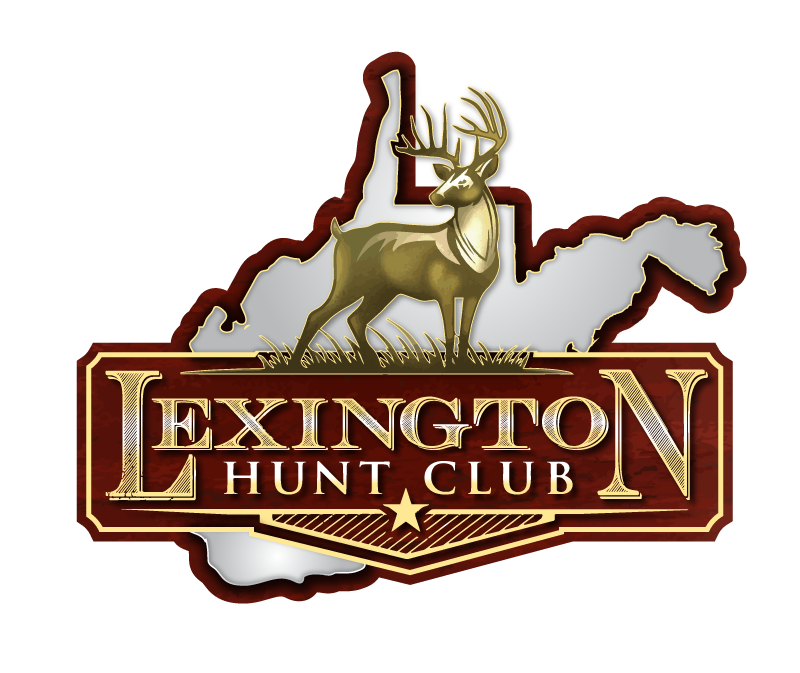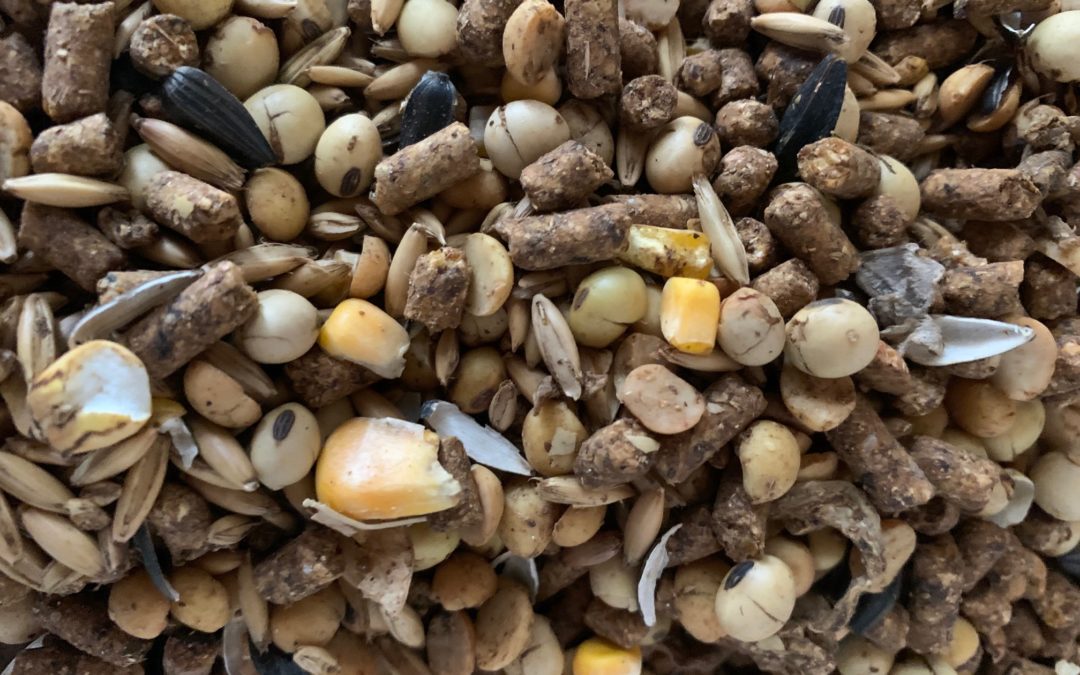Probably the most common question I get asked is “What do you feed your deer…” The unstated but implied remainder of the question is “…to get them so big”. General health and vitality aside, let’s take a look at how to get those outsized antlers in your deer population.
It’s fairly common knowledge that there are three main factors that go into determining the antler size of whitetail deer: Genetics, age, and nutrition. To maximize antler growth in our deer herd we’ve obviously paid very close attention to the genetics we’ve brought in, especially with our doe population. It’s been estimated that 75-90% of antler growth is attributed to the doe’s genetics. That’s not to say a weak buck bred with a superstar doe will produce a monster buck, but that superstar doe is more likely to squeeze every inch out of any buck’s potential.
Age is also critical in antler development. Almost without exception, the more age you can put on a deer, the more likely they are to grow bigger and bigger sets of antlers. This continues until probably age six or seven when most bucks start peak out and will put more biological capital into staying alive and healthy than growing headgear, leading to a plateau and then gradual decline in antler production. Aside from management hunts, the deer we harvest in our preserve are at least three years old, and more commonly four or five years old.
With our genetics mapped out and our age structure managed by our hunters, the feed is the remaining variable we seek to control. There are a couple popular types of deer feed — pellet and textured — and we’ve found that both have their place in our operation. We utilize gravity feeders located in several places across our property and we’ll fill them with either a pellet feed—we love the Mountain Clean Whitetails feed—or, we’ll stock the feeder with a proprietary textured blend from Morral Farm Supply in Everett, PA, called “Creegan mix.”
Bob and Tammy Perrine of Mountain Clean Whitetails (check out their Facebook page here) have created their pellet feed with great results on their long-running operation in Lewis County, West Virginia. They’ve perfected their feed recipe to come up with an ideal mineral, vitamin and protein mix to foster optimal deer health and antler growth. Their whooper whitetails are their testimony and we are staunch believers.
The textured feed we use is a blend created more than a decade ago by long-time deerman Dave Creegan and mixed fresh by appointment at Morral (check them out on Facebook here). It’s a blend of roasted soybeans, oats, corn, sunflower seeds, molasses and a pellet feed to round out the blend. The deer crush it and really pack on the bone throughout the growing season.
We’ve found that the variety is welcomed by our deer. We closely monitor our herd with cameras at all of our feeders and document their location and condition from week to week. We’ve noticed that most of our bucks will eat the pellet feed for a week or so, then move on to a location with textured feed for a week, only to roam back toward pellets the next week. We have very few deer that stay exclusive to one feed for extended periods of time.
That’s the feed protocol that works very well for us. By no means am I implying this is the “right” answer or the only answer. We’d love to hear what you are feeding and how it’s worked for you. Go to our facebook page for The Lexington Hunt Club and leaving a note in the comments section. You can also follow us on Instagram @lexingtonhuntclub.
Ready to come hunt The Lexington Hunt Club? Click HERE to book your dream hunt today. We look forward to seeing you!

